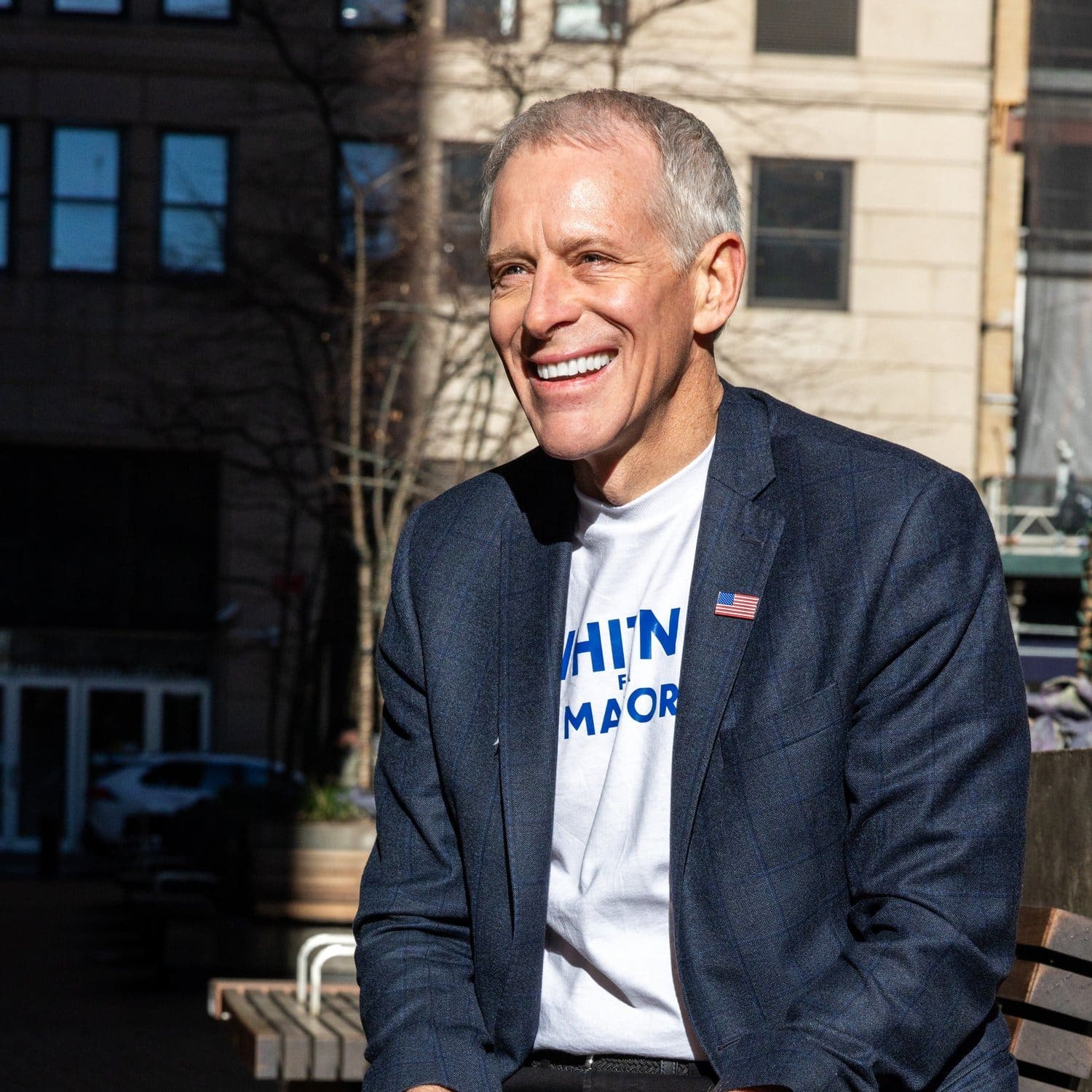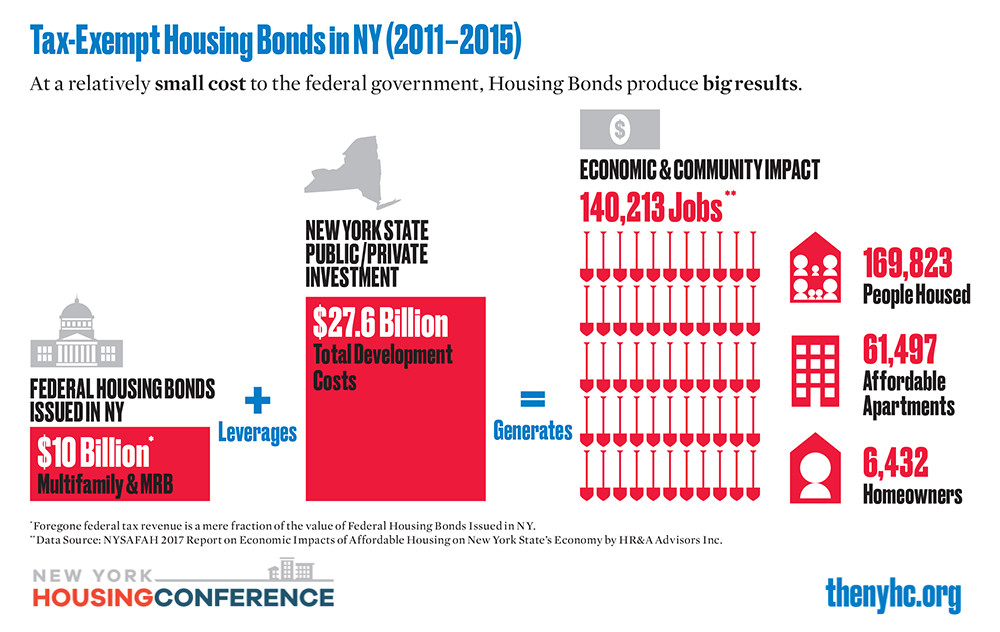
Investor and editor at Stansberry Research
Housing Positions and Proposals
- Direct City Hall and work with the City Council to simplify our zoning laws
- Streamline the Uniform Land Use Review Procedure (ULURP)
- Consolidating oversight, improving staffing levels, and digitizing processes to help reduce the costs, delays and uncertainties
- Instruct NYCHA to pursue additional “infill” projects
- Reimagine our manufacturing districts through strategic upzoning of M1 and M2 districts to mixed-use (MX)
- Relaunch a more targeted 421a tax abatement program with more nuanced income bands, deeper affordability options (down to 40% AMI), and sophisticated market-specific provisions
- Push the state to amend the Housing Stability and Tenant Protection Act of 2019 such that owners of rent-stabilized apartments can earn a fair return on necessary investments to renovate empty units
- Expand and redesign workforce training programs to help address labor shortages in the construction industry, lower costs and speed up new development
- Reduce restrictions on faith-based organizations to partner with more of them to expand affordable housing
- Implement a ‘Guest Room Program’ that would make it easier for homeowners to rent empty bedrooms
Responses to NYHC Questionnaire
What are your priorities in an affordable housing plan – including rental and homeownership?
New York City’s capital funding for housing decreases from $4.3 billion in FY2026 to $2.4 billion in FY2027 or less the following years. What are your priorities for the ten-year capital plan in terms of how much funding will you allocate annually? How will you pay for it?
Since two-thirds of New Yorkers are renters, solving the rental affordability crisis is a prerequisite for expanding homeownership opportunities. Unleashing market forces currently subject to zoning restrictions and other bureaucratic hurdles is the key to making rental housing more affordable. And for renters with lower earnings less likely to be served by the market, I envision using tax incentives to encourage construction of affordable housing units.
New York City’s capital funding for housing is declining because the city’s budget is out of control, growing year after year without plans to proportionally grow our tax base. Our funding problems are likely to grow worse as President Trump targets critical federal revenue streams.
As mayor, my team and I will conduct a no-holds-barred assessment of all city spending and identify billions of dollars in potential savings. I will also mandate a relentless focus on driving down underlying costs through greater transparency, cutting red tape and unsparing managerial supervision.
Construction costs on government-funded projects in the city are especially astronomical. There is no reason, for example, that building a new jail in Manhattan should cost $3.8 billion — more than any building in New York City history.
With my plan to achieve budget savings and drive down costs, the city will be able to fully fund existing affordable-housing construction obligations.
New York City’s public housing is chronically underfunded. NYCHA currently needs $78 billion in capital funding to bring housing up to good repair. What will you do to address the needs of NYCHA?
Do you support the PACT program?
Do you support the Public Housing Preservation Trust?
We must be creative about generating new revenue streams for NYCHA. I would expand and expedite public-private partnerships to construct infill housing developments on the 80 million square feet of unused land on NYCHA properties. The development currently under way at the Fulton Houses and Elliott-Chelsea Houses is one such example, and we should strive to replicate it across the city.
I support the PACT program and the Public Housing Preservation Trust, though I worry the needed federal funding may dry up.
Homelessness in New York City is higher per capita than almost anywhere in the country and has been growing substantially. In New York City, more than 140,000 people experienced homelessness last year, a 78% increase from five years ago. What specific strategies and programs will your administration use to decrease homelessness?
Do you support expansion of CityFHEPS?
The key to ending homelessness over the long term is addressing our city’s affordable housing crisis. We must roll back zoning rules that prohibit home construction and lift regulatory hurdles that discourage development, but also subsidize affordable housing construction for New Yorkers with lower incomes.
Currently, over 90% of our homeless population lives in city-funded shelters, with the balance living on the street. As mayor, I will end street homelessness by enforcing a ban on sleeping outdoors and providing compassionate shelter options.
A significant number of New Yorkers sleeping on the streets suffer from severe mental illness or drug addiction. To that end, I support Gov. Hochul’s insistence on strengthening the state’s involuntary commitment power as part of this year’s budget talks. At the same time, we must scale up the number and size of long-term psychiatric facilities.
As mayor, I will also expand the number of short-term drop-in centers, create a voucher system enabling homeless New Yorkers to choose the shelter or drop-in center that suits them, and conduct a comprehensive audit of our five municipal shelter systems. I would enforce accountability that has too often been lacking in our shelter system by penalizing negligent shelter operators.
Finally, I would maintain CityFHEPS, but we cannot afford to expand it. The program provides important assistance to housing-insecure New Yorkers, but it’s failed to make a dent in the population of our shelter system. I would rather invest in our shelter system, which receives revenue from the state and federal governments.
In 2024, the City passed the City of Yes for Housing Opportunity to add more housing in every neighborhood. This will add 80,000 units of housing over the next 15 years. What will you do to allow for more housing supply and more equitable housing development in New York City?
How will you utilize zoning tools to address the crisis?
Will you support existing or new real estate tax incentives like 485-x?
The City of Yes initiative was a step in the right direction, but the City Council watered it down so much that it’s only expected to create 80,000 new units in the next 15 years. We need to build at least 500,000 units in the next decade. The primary way to achieve this is via private sector investment so, in addition to easing zoning restrictions, we must accelerate the permitting and approval process. I will cut unnecessary regulations and ensure relevant city departments are properly staffed. The affordability and labor requirements in the 485-x program are too high and have deterred development, so this legislation needs to be modified to be more like the 421-a program.
Do you support the State’s rent stabilization laws, and will you seek any changes?
What will be your priorities in appointing members of the Rent Guidelines Board?
I will push Albany to amend the 2019 rent regulation law. I support closing the loopholes that let owners sharply increase rents after limited capital improvements. But the law went too far, making it economically unfeasible for owners to do renovations needed to bring rent-stabilized apartments back on the market, resulting in tens of thousands of vacancies.
I will appoint members to the Rent Guidelines Board who understand the cost pressures facing both tenants and landlords. Landlords with rising expenses and capital improvement needs must have the ability to increase rent by reasonable amounts. Ultimately, this is to tenants’ benefit as well, since it enables landlords to put more rent-stabilized units on the market.









